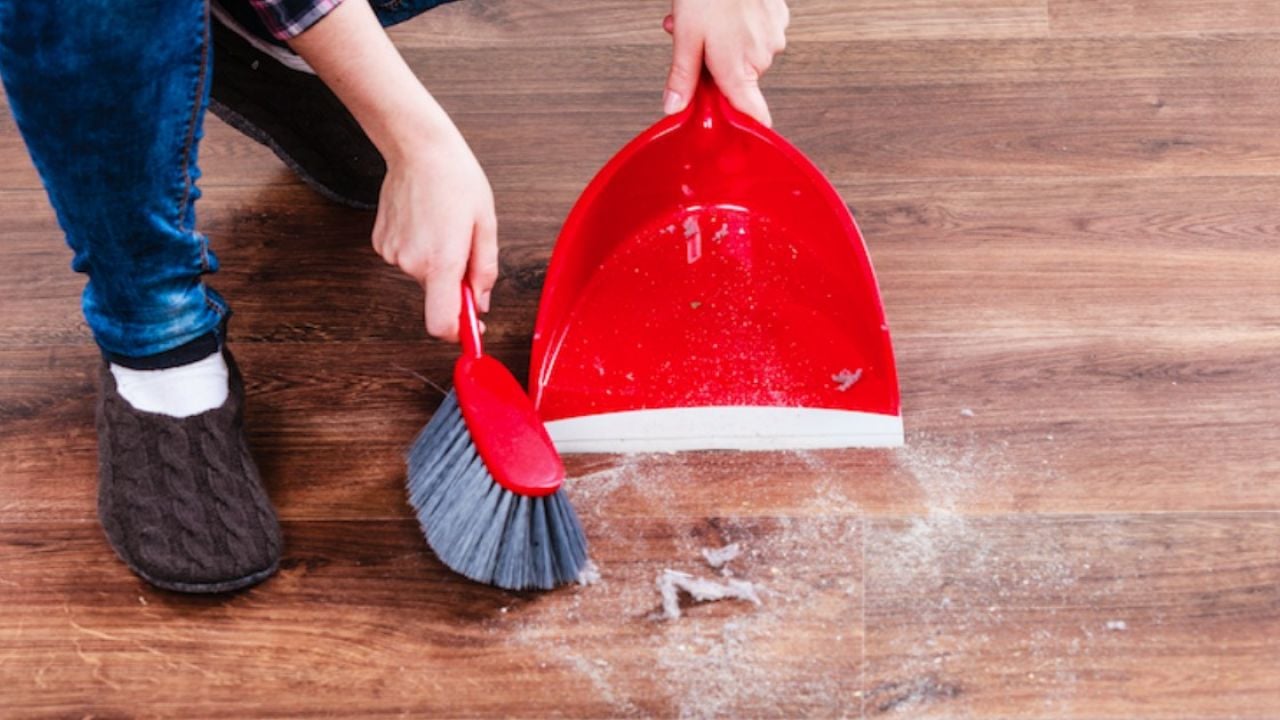
Dust lurks in the corners of your home, underneath furniture and on the shelves. And where there’s dust, there’s the potential for toxic chemicals.
Dust is a hodgepodge of skin cells, pollen, hair, animal fur, clothing fibers, soil particles, mold spores and dust mites. It is also an allergen that affects over 20 million Americans. But it can become toxic to everyone when hazardous chemicals come into the mix.
Toxic dust is created when typical household dust acts as a collector, drawing in a medley of harmful chemicals shed by consumer products. This dangerous mixture accumulates throughout your household, exposing you to harmful chemicals.
Although dust may be one of the smallest home invaders, its particles can still be harmful. Luckily, reducing your exposure to toxic dust can be simple.
Toxic dust in the home
Americans spend 90 percent of their time inside, so it’s crucial our homes be free of harmful chemicals like the ones in toxic dust. It may be rare that people clean thoroughly less than once a year, but if the dust isn’t addressed, it can linger for a long time, all but ensuring we will inhale and ingest these harmful chemicals.
Phthalates and flame retardants are two of the main contributors to the chemical pileup. A range of consumer products and materials – plastics, cosmetics, cleaning products, electronics and furniture – shed these chemicals. They pose health hazards, including cancer, hormone disruption and reproductive system harms.
Toxic dust may also contain the harmful “forever chemicals” known as PFAS, a family of substances used in water-, stain- and grease-resistant treatments for hundreds of household items. They’re linked to cancer and other diseases.
Babies and young children are especially prone to ingesting toxic dust. Compared to adults, they spend more time on the ground, where dust settles, and often touch their mouths. Exposure to the chemicals in dust can lead to respiratory and skin irritation and increase the risk of developmental problems and other health harms.
Reducing toxic dust exposure
Lowering the amount of dust where you live is one of the best ways to limit your exposure to these toxic chemicals.
Frequent cleaning is the first step in limiting dust exposure. Take note of how fast and where dust accumulates in your home. It can gather in unexpected places. House plants, light fixtures, wall decorations and ceiling fans all need occasional dusting.
Lasting changes in your home can also lower your exposure to toxic dust.
The air inside our homes is two to five times more polluted than the air outside. So replacing the air filter according to instructions is key to lowering the amount of indoor pollutants in the dust. Use the highest rated filter your HVAC system allows.
Replace foam products and furniture made before 2005. They likely contain traces of flame retardant chemicals. You can also swap out the foam in your furniture’s cushions for a more cost-effective strategy.
When purchasing a new mattress, consult EWG’s guidance to avoid flame retardants and harmful volatile organic compounds, or VOCs, and find out how to look for better materials. Consider an EWG VERIFIED® mattress to ensure your safety while you sleep.
And be wary of the other products you bring home.
Certain cleaning products can also expose you to the harmful substances in toxic dust. Products without fragrance tend to release fewer VOCs. Look for EWG VERIFIED® cleaning products for healthier options. And make sure to visit EWG’s Healthy Living: Home Guide to help you get your home clean and free of dust.
###



